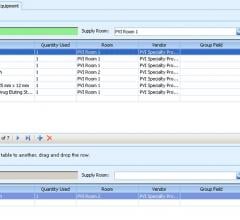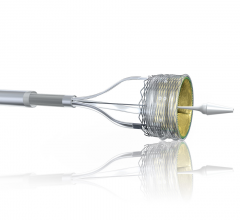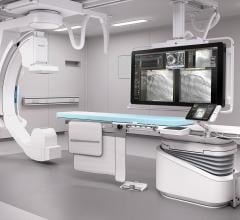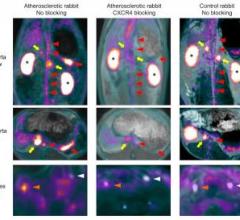Despite global political uncertainties and a sluggish economic outlook for 2017, the global healthcare industry is set for an invigorating year, according to a new analysis from Frost & Sullivan. This outlook is due to a partial realization of major healthcare policies and initiatives, technology advancements and value-based care driving the adoption and need for consumer-centric targeted therapies. Future drugs and medical devices will be more targeted to meet the unique needs of emerging markets (e.g. China, India, Brazil) which demonstrate high growth opportunities compared developed markets (e.g., the United States and Western Europe. Growing at a CAGR of 4.8 percent, the industry is likely to reach revenue of $1,731.8 billion.
March 7, 2017 — Lumedx Corp. announced recently it has been chosen by Adventist Health System to provide a ...
March 7, 2017 — Medtronic plc recently announced an economic analysis of five-year data showing that patients with mild ...
Providing exceptional cardiovascular care for patients to achieve the best possible outcomes is the number one goal for ...
March 7, 2017 — Unfors RaySafe recently introduced the RaySafe i3, to its suite of real-time dosimetry products, at the ...
Philips and Phoenix Children’s Hospital (Arizona) announced a long-term strategic partnership with a total value of up to $65 million, providing the hospital access to Philips’ advanced medical technologies. Phoenix Children’s is the first stand-alone children’s health system to sign a long-term strategic partnership model with Philips.
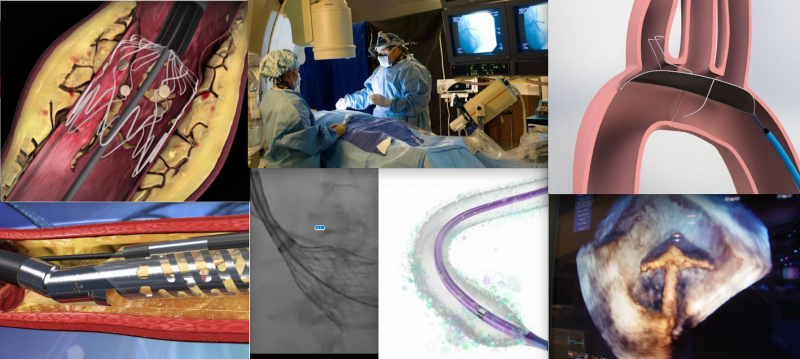
Here is a compilation of some of DAIC's recent video coverage of new interventional cardiology device technologies ...
Cardiac positron emission tomography (PET) is growing in popularity among cardiologists because it provides the ability ...
March 6, 2017 — Logicalis Healthcare Solutions announced in February a new service desk offering – Service Desk for Epic ...
This video, provided by Tryton, demonstrates the implantation of the Tryton Side Branch Stent. It became the first ...
ON Semiconductor announced the release of a new CCD image sensor that enables video imaging under reduced X-ray dosage conditions for digital radiography.
When performing radiofrequency (RF) ablation to treat cardiac arrhythmia, medical professionals must balance the safety ...
March 6, 2017 – The U.S. Food and Drug Administration (FDA) has granted pre-market approval (PMA) for the Tryton Side ...
Biosensors International Group Ltd. announced in February enrollment of the first patient in LEADERS FREE II, its new BioFreedom Pivotal Study. The study will be conducted under an Investigational Device Exemption (IDE), which will include sites in the United States, Canada, Denmark, France Germany and Italy.

March 3, 2017 — A Henry Ford Hospital study found a 100 percent success rate in left atrial appendage (LAA) occlusion ...
Change Healthcare Cardiology Hemodynamics is an integrated hemodynamic monitoring system for monitoring vital signs and ...
March 3, 2017 — In a United Kingdom patent case involving a Edwards Lifesciences lawsuit against Boston Scientific for ...
Philips recently announced the global launch of Azurion, its next-generation image-guided therapy platform.
In the featured article of the March 2017 issue of The Journal of Nuclear Medicine, researchers demonstrate that a new positron emission tomography (PET) radiotracer, gallium-68 (Ga-68)-pentixafor, can quickly and non-invasively identify life-threatening atherosclerotic plaques. The tracer binds to the CXCR4 receptor on inflammatory cells present in atherosclerotic plaques — making it possible to find and treat atherosclerosis early.


 March 08, 2017
March 08, 2017
